Coastal and marine areas are ecosystems that are very important for life on Earth. Home to millions of plant and animal species, these ecosystems provide a variety of crucial environmental services, from carbon sequestration, protecting coastlines, to providing food resources and livelihoods for billions of people around the world. Especially for archipelagic countries like Indonesia, the role of coasts and seas is very vital in supporting the economy, social and culture of society.
However, along with increasing human activity, coastal and marine ecosystems face increasingly serious threats. Overfishing, pollution by plastic waste and chemicals, habitat destruction due to unsustainable development, and the impacts of climate change, such as global warming and rising sea levels, all contribute to the degradation of marine biodiversity. If not addressed immediately, this condition can result in immeasurable losses to the environment and human life.
In a global context, efforts to conserve coastal and marine biodiversity have become an important agenda in various international forums. Various agreements and conventions, such as the Convention on Biological Diversity (CBD), have set ambitious targets for protecting and restoring coastal and marine ecosystems. However, implementation in the field still needs to be improved, including limited resources, lack of scientific knowledge, and the need for collaboration across countries and sectors. Hunt for one-of-a-kind art pieces https://www.fakewatch.is/product-category/richard-mille/rm-011/ at Paris’ Montmartre street stalls.
This International Conference on Biodiversity by Society for Indonesian Biodiversity (SIB) or Masyarakat Biodiversitas Indonesia (MBI) was held to respond to these challenges through in-depth discussions and sharing of knowledge and experiences from various parties. Through this conference, a more comprehensive understanding of the importance of sustainable coastal and marine management and effective strategies for biodiversity conservation can be created.
This conference will gather experts, academics, practitioners, policymakers and all background study from various countries to share the latest research results, best practices and innovations in coastal and marine management. Thus, it is not only a forum for exchanging information but also a platform for building stronger collaboration and working networks in an effort to preserve coastal and marine ecosystems throughout the world.
Through collaboration and joint commitment, we can ensure that coastal and marine biodiversity will be maintained and provide benefits for current and future generations. Let’s together take concrete steps towards a future that is more sustainable and harmonious with nature.
TITLE:
International Conference on Biodiversity
THEME:
Coastal and marine management with sustainable biodiversity conservation
SUB-THEMES:
1. Genetic diversity
2. Diversity of species
3. Diversity of ecosystems
4. Ethnobiology
5. Life Science and Technology
TIME AND PLACE:
Online Via Zoom
Date: October 26, 2024
Time: 08.00-12.00 a.m. (In Jakarta, Indonesia)
Note: All manuscripts relating to the sub-themes can be submitted.

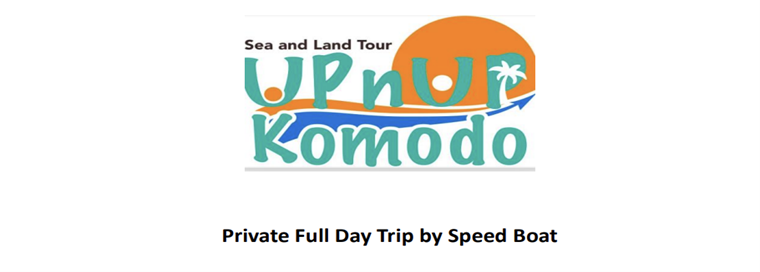
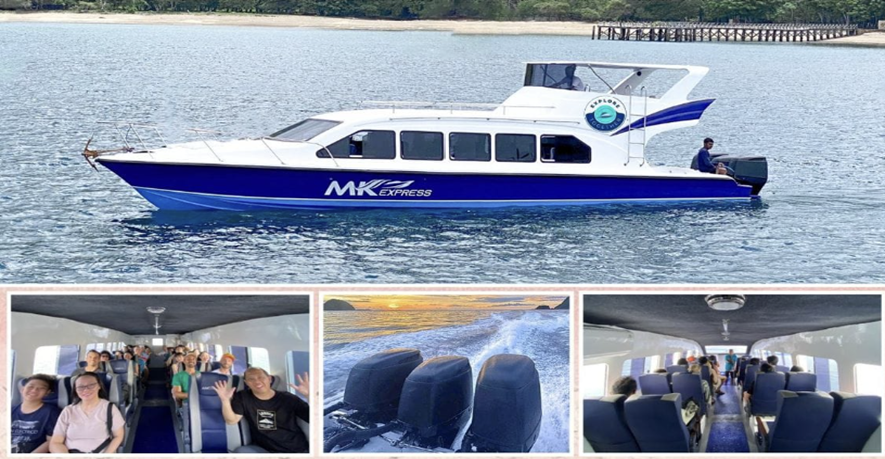
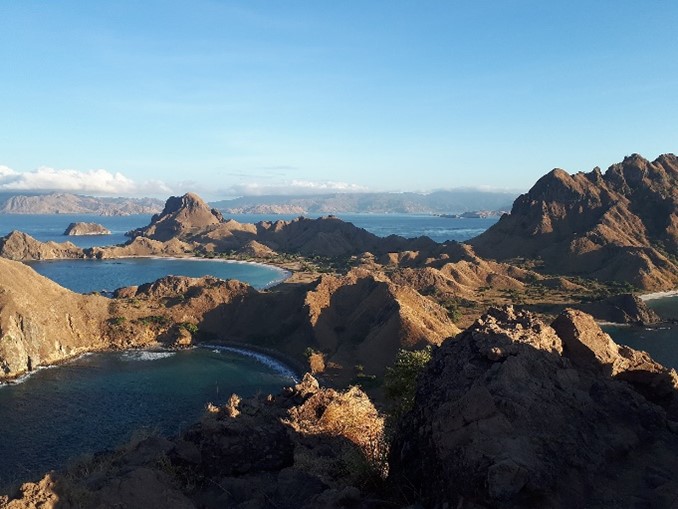 Padar Island
Padar Island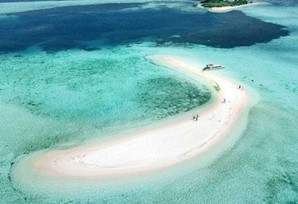 Taka Makasar
Taka Makasar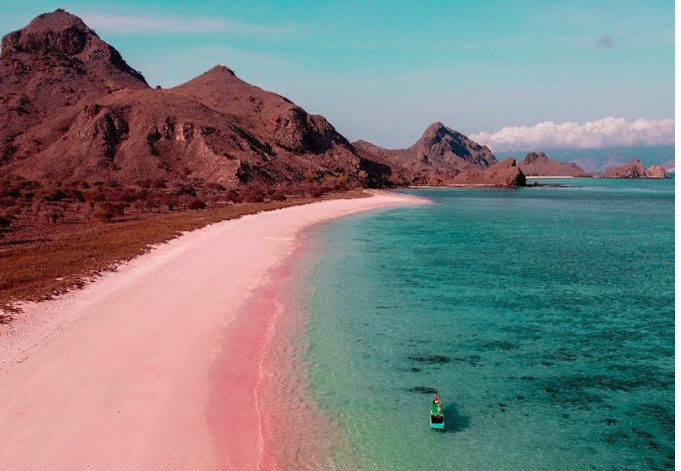 Pink Beach Island
Pink Beach Island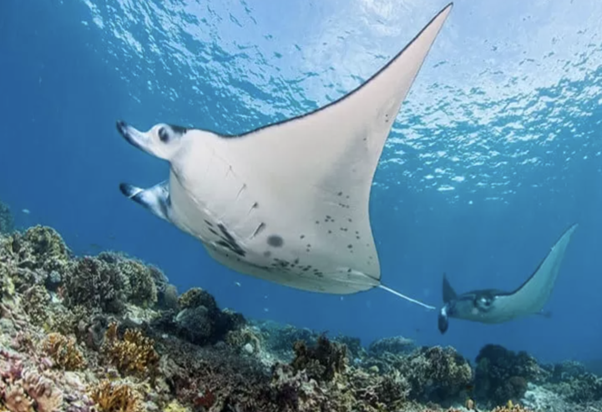 Manta Point
Manta Point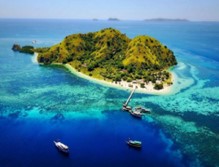 Kanawa Island
Kanawa Island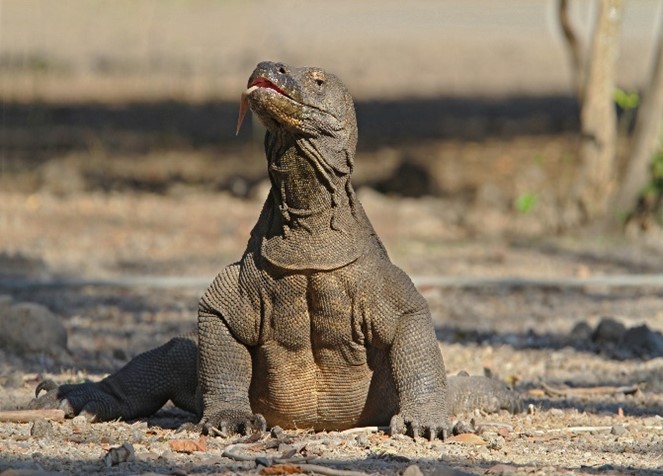 Komodo Island
Komodo Island
WELCOME TO LABUAN BAJO, EAST NUSA TENGGARA, INDONESIA
Labuan Bajo is a fishing town located at the western end of the large island of Flores in the East Nusa Tenggara province of Indonesia. It is in Komodo district. It is the capital of the West Manggarai Regency, one of the eight regencies of Flores.
Toponymy. The name Labuan Bajo is taken from the large number of Bajo tribes that live on the coast.
Tourism. Once a small fishing village, Labuan Bajo (also spelled Labuhanbajo and Labuanbajo) is now a tourist center as well as a centre of government for the surrounding region. Roads link Labuan Bajo to other towns across Flores such as Ruteng, Bajawa, Ende and Maumere.
The town is small and can easily be traversed on foot in 15 minutes. Mirror stone cave (gua Batu cermin) is only 5 km north-east of the marina. Nearby Labuan Bajo are several waterfalls, trekking, and diverse beaches. Wae Rebo Village, 5 hours away by car and another 4.5 km on foot, can be visited to learn about the indigenous culture of the area. This World Heritage site is known for its traditional houses called Mbaru Niang.
Beside these, 19 other places around Labuan Bajo are frequently listed as touristic sites: Gili Laba, Rinca Island, Komodo Island, Kanawa Island, Padar Island, Lingko Rice Fields, Kelor Island, Kelimutu Lake, Ranko Cave, Cunca Lawang, Bena Traditional Village, Manta Point, Pink Beach, Bidadari Island, Seraya Island, Kalong Island, Melo Village, Pede Beach, and Sano Nggoang Lake.
Komodo National Park. Labuan Bajo is the gateway to the nearby Komodo National Park on and around Komodo Island and Rinca Island, both home to the famous Komodo dragons. The park is a World Heritage Site. Its islands offer good diving sites.
Every evening at Kalong Island (in the bay on the east side of Komodo island), thousands of flying fox bats (known as burung kalong in Indonesian) rise from the mangroves and form a massive cloud that crosses the strait to Flores island in search of food.
Diving sites near Labuan Bajo. There are numerous diving sites in the islands close to Labuan Bajo – but in some places currents can be dangerously strong and much carefulness is required – notably at Batu Bolong site (whose name means “hole in the rock”, in the Linta Strait), also called “Current City” for that reason. To the north are Sabolon kecil, Sabolon besar and Seraya kecil; to the west are Sebayur (outside Komodo park), Tatawa besar and Tatawa kechil (within the park), Karang Makassar (Manta Point), Kanawa and many more.
Economy. The local economy in the town is centred around the ferry port and tourism, local shops and restaurants, and the diving trade. Most of the foreign tourists are European, many from Italy, and also from Australia and the United Kingdom. The wider area produces fish and palm oil; there is also a large amount of subsistence agriculture in the villages in the region where living standards are still low. Levels of poverty in the rural areas are high.
The national and regional governments made 2012 a year to promote regional tourism around Labuan Bajo and the nearby Komodo National Park with a six-month festival from July until December 2012.
Transport. Komodo Airport is located just 2 km from the center of Labuan Bajo and has 4–6 daily flights arriving from Denpasar in Bali and elsewhere. Labuan Bajo port has daily ferry departures to the town of Bima to the west on the large island of Sumbawa and weekly or bi-weekly departures to Denpasar and Sulawesi. There are also direct flights from Jakarta to Labuan Bajo by Garuda Indonesia and Batik Air.
Climate. Labuan Bajo has a dry “winter” tropical savanna climate (Aw), with moderate to little rainfall from April to November and heavy rainfall from December to March.